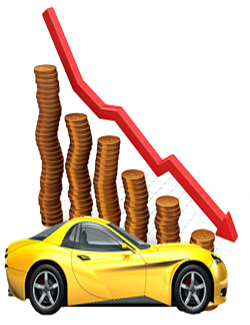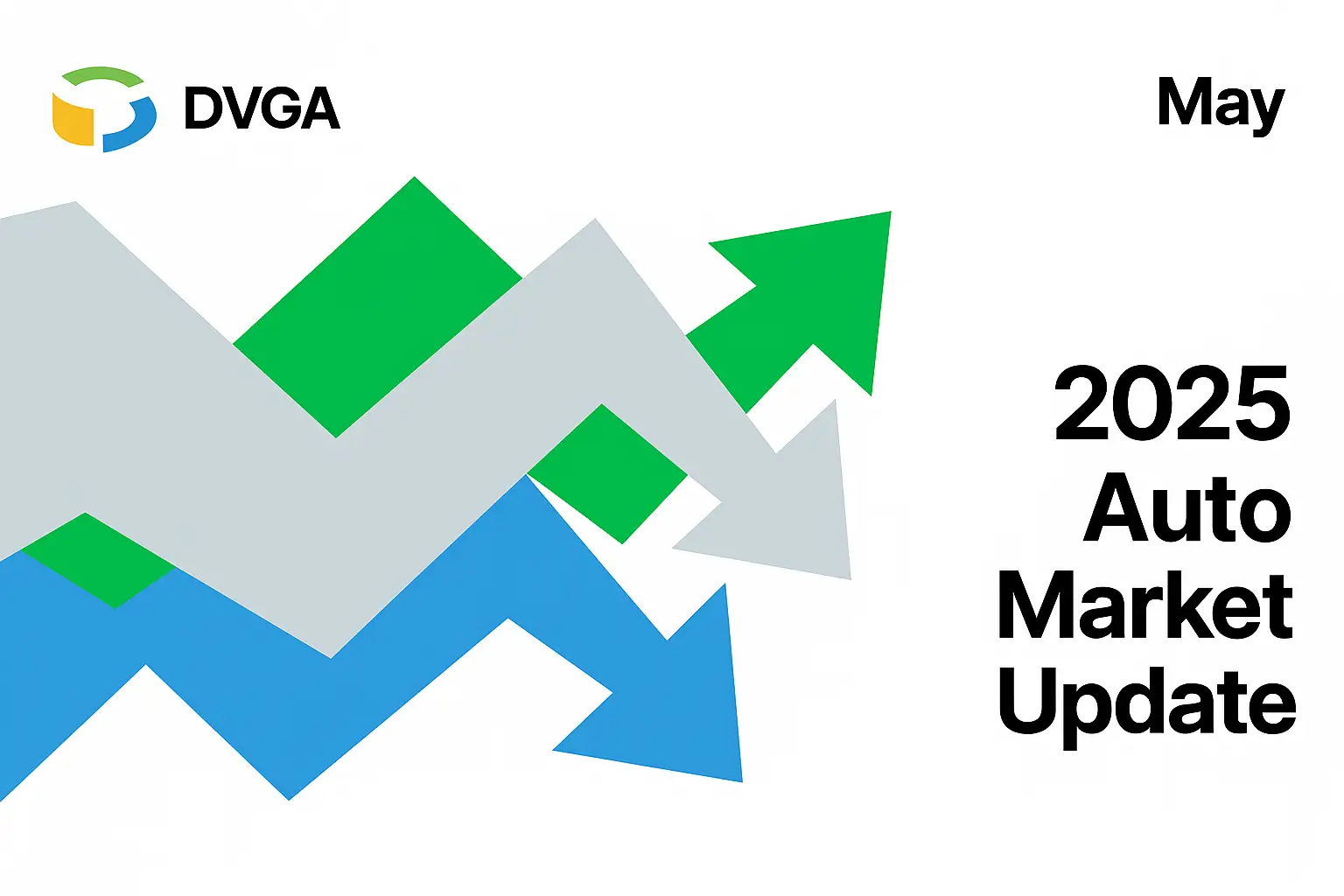CAR PRICE MARKET UPDATE FALL 2013
The Big ‘Fall’
If we needed a reminder that it is not unusual for a large percentage of yearly depreciation to occur over the fall months of September, October, and November, we just had one. Big time. Some of the steepest declines we have seen since the financial meltdown occurred this year, and primarily in October and November.
Hardest hit as usual, with it being the most expensive segment, was the European and Asian luxury segment, cars more than trucks. A vehicle such as a 2010 Mercedes S550 has lost almost $3500 in value since the end of September, approaching 10% of its worth. That would be among the segment leaders in lost dollar value, but that 10% of lost worth is reflective of much of that market and is not particularly unusual.
Late-Models Lagging
The other industry leaders in depreciation include just about any of the 2012 and up vehicles, in particular any of those vehicles that are fleet or program vehicles and are returning to the market in volume. 2010 and older vehicles are not immune to the depreciation we have experienced of late, but they are much less affected than their more recent brethren. It is counter intuitive to be sure, but the reality is that something like a 2010 Toyota Camry with 80,000 miles might bring more on the block than a 2012 Camry with similar mileage. The 2010 car will have buyers chasing it. Those same buyers will largely ignore the 2012 model, thinking it is in another price category. Normally they would be right. This is not a normal market. Very frustrating if you’re looking to “off” the 2012.
There really is no segment that has not been significantly affected by depreciation in the past few months. Good older vehicles have certainly been the least affected and will still attract a following of interested buyers. But if a rising tide lifts all boats then it follows that an ebb tide lowers all boats.
A December to Remember?
We find December to be the most unpredictable of all months for used vehicle values. There are years where the market actually strengthens, perhaps driven by the recognition of unusually strong depreciation over the fall months and anticipation of a spring market soon to begin if all goes according to schedule. There are years, however, when the market continues to fall through December. Other years the December market is a model of stability. We would not be surprised by any of those outcomes this year.


